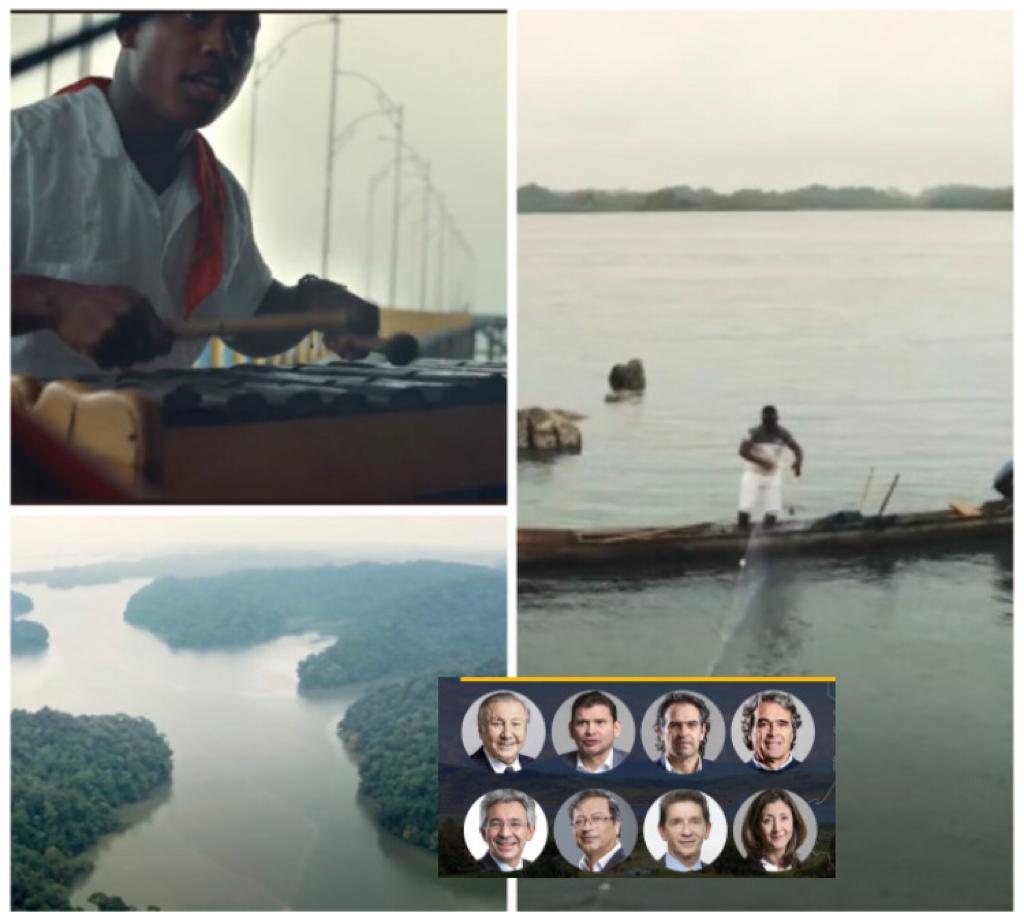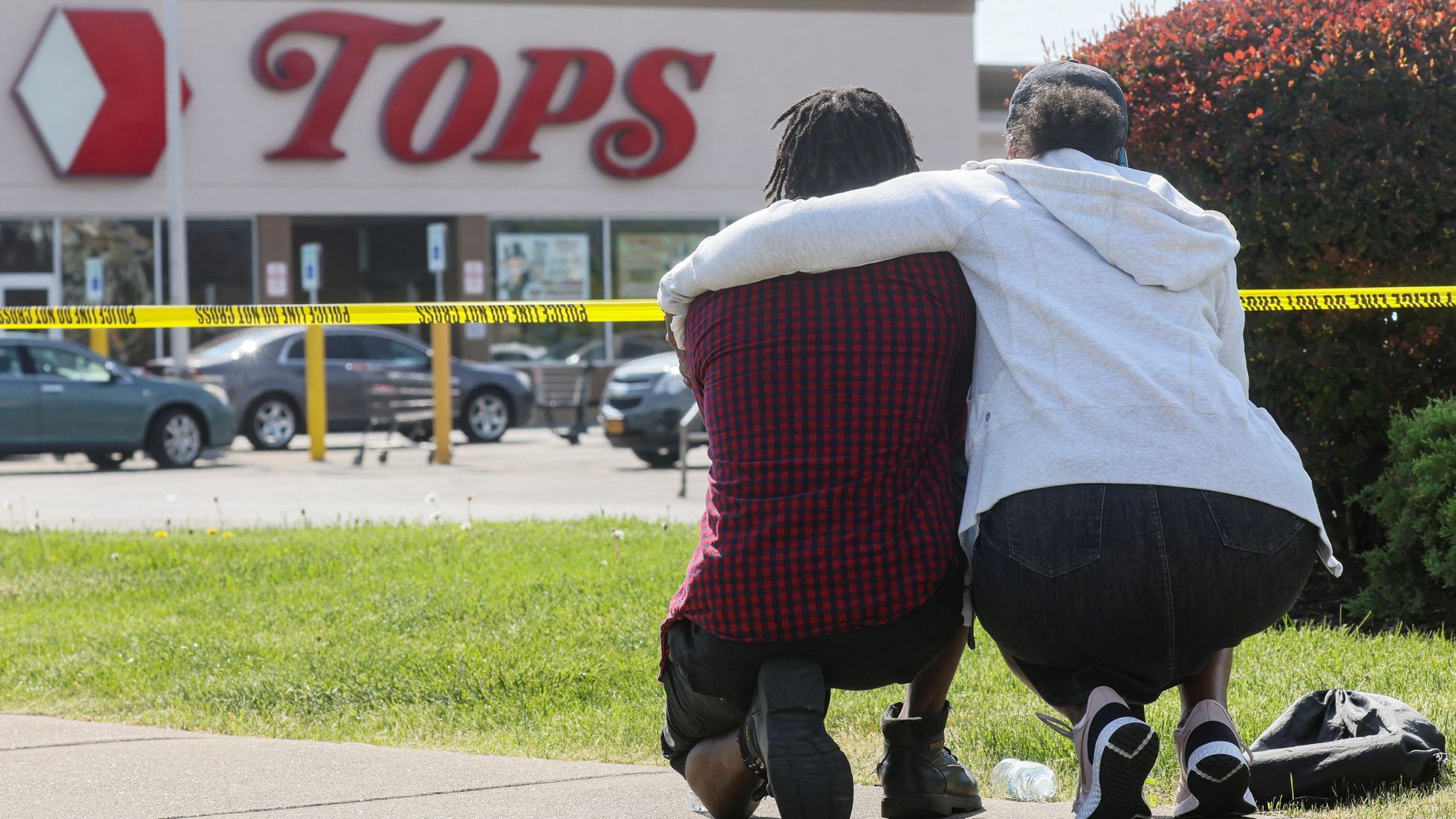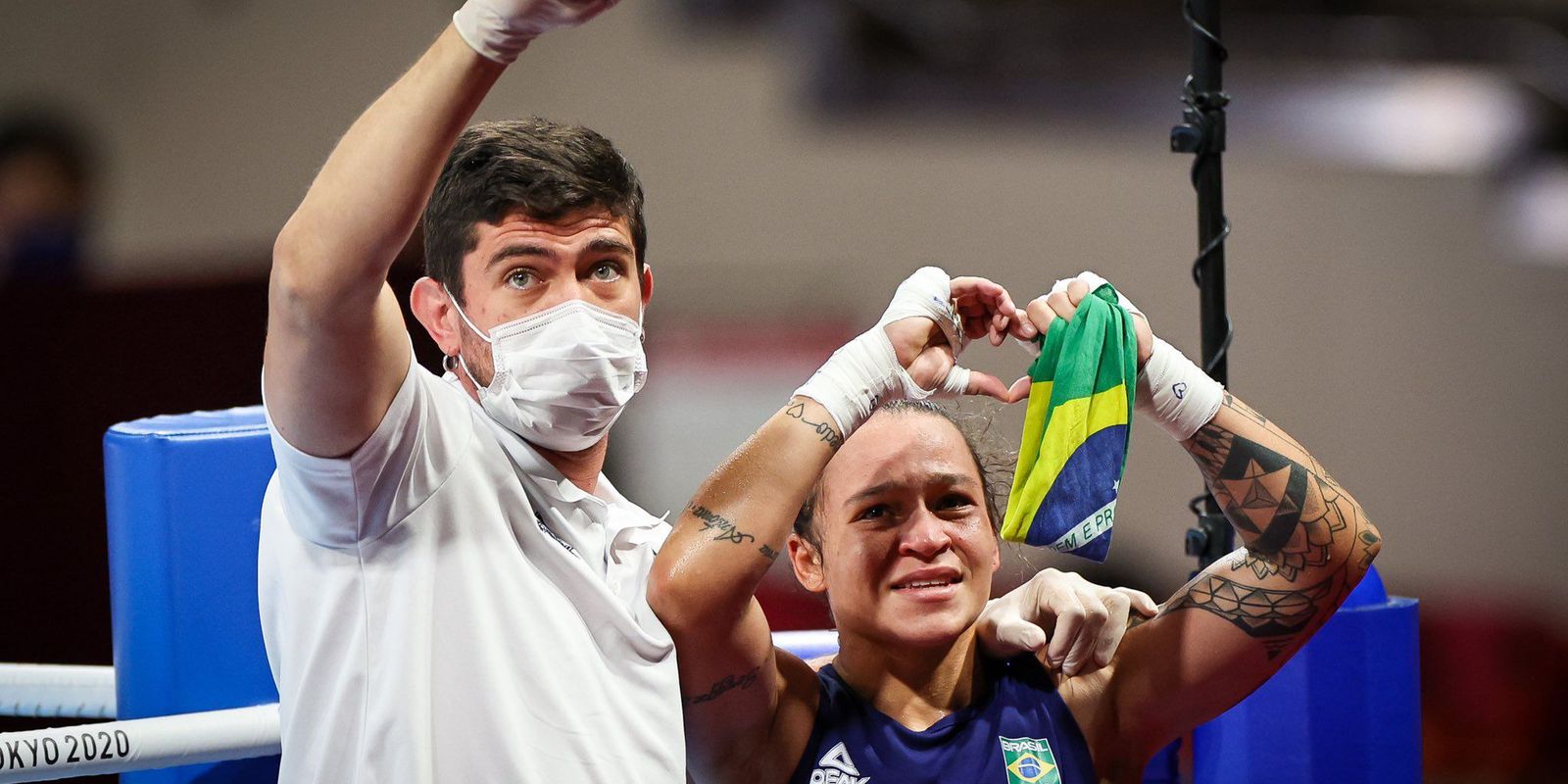‘Historical debt’ that is not settled, and that the institutional framework does not attend to in accordance with the new challenges, problems and conflicts, in the Colombian Pacific, a region so biodiverse that it amazes the world, but with high rates of poverty among its population.
Pacific News.
On May 29, Colombia will elect -possibly- its new president; or president, or she will leave the decision for a second round, in any case, in the Colombian Pacific the expectation is the same as always, that a ruler now manages to “solve the problems” of this region, a task that is not only the Presidency but that from there, if a road map can be drawn up for this region.
More than 3.5 million people make up this area of four departments.
Rich region, poor population (monetarily)
Unlike other areas, in this Pacific area there are departments where poverty hits the municipal capitals, the scattered rural areas and the populated centers.
- The extreme poverty line per capita for 2019 in Colombia was $161,099
- Per capita extreme poverty in 2021 was $354,031
More than 40% earn less than 300 thousand pesos, in this region, and more than 35% survive with subsidies.
The presidential elections are coming, and speaking with promises to this Colombian zone seems to be the ‘golden booty’ of the campaigns.
The Pacific in Colombia, «a territory of blacks and indigenous people, third-class citizens whose story has not been included in the national story. That phenomenon is called structural racism and it is not an invention of four or five resentful leaders », he wrote in 2019 Orlando Pantoja / CIVP Executive Secretariat / Guapi, Cauca.
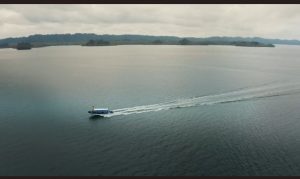
According to Pantoja, “the priorities of the Colombian State are to invest millions in expanding two or three Bogota streets, while Chocó has been waiting for half a century to finish paving the two precarious highways that connect it with the rest of the country.” Here your text.
That same year, The Economist presented a report, a diagnosis in which it was pointed out that “60% of the population of Chocó is poor and that two thirds of the inhabitants of Buenaventura live in misery.”
- Pacific Region: Valle del Cauca, Cauca, Chocó, Nariño.
What is missing, what is not taken care of
DANE’s Multidimensional Poverty Index (IPM) continues to have this Colombian region among the most affected. And monetary poverty is just as hopeless.
The MPI measures: 5 dimensions and 15 indicators, which in the case of the Pacific Region is of concern because little progress has been made.
There are failures in attention to education, child protection, unemployment, a precarious health service, areas where there are even no basic services such as sewerage or drinking water supply.
- Educational conditions (illiteracy and low educational achievement)
- Conditions of children and youth (school non-attendance, school lag, barriers to access to early childhood care services and child labor)
- Work (informal work and long-term unemployment)
- Health (without health insurance and barriers to access to health given a need).
- Precarious housing conditions and public services (no access to an improved water source, inadequate disposal of excreta, inadequate floor material, inadequate wall material, and critical overcrowding).
In addition, the high levels of insecurity that go beyond theft, and that is more complex due to the presence of illegal armed groups extorting, murdering, exploiting natural resources and causing environmental damage.
Related news:
Buenaventura, Quibdó, Guapi, El Charco or Tumaco, reflect very well what happens in this region surrounded by sea, jungles, mountains.
The recognized leader of Nuqui, Chocó, Josefina Klinger, told DW that poverty due to lack of economic resources is not only due to a historical economic debt.
“I understood that the real problem is in the mentality, such a great pain had been anchored in the heart, self-esteem had been broken, it felt that being here was doomed to failure, when I understood that I saw the generosity of the universe,” he said. .
Other leaders agree with Klinger, who believe that once the same population understands the richness of their lands, “governors will be able to respect and attend to the Pacific.”
In the crosshairs of presidential campaigns
“I am going to work so that drug trafficking comes out and the Pacific flourishes”, the promise of President Iván Duque as a candidate for this same date in 2018.
If you were in this region, you made safety tips and project were approved. But today, Tumaco is not pacified, nor has the port been fully recovered.
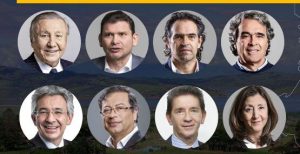
A new election day has arrived to change who runs the Presidency and his vice-presidential formula, there are seven options -the eighth (Luis Pérez) resigned last week and had promised to get his hands on the region’s road network-.
On April 24, the Pacific debate at Icesi University allowed the candidates to explain their proposals:
We are already live in the debate #Let’sSpeakOfThePacific.
As a university we come together to raise our concerns about the future of the Colombian Pacific. https://t.co/XcWP0l0bFY— Icesi University (@icesi) April 25, 2022
Maintain subsidies, support local projects, road network, confront armed groups, for some the environmental issue is basic, employment plans, among other proposals.
There are towns in which the State has no presence, entire areas ‘taken over’ by armed groups and guerrillas. In these winter days, for example, there are towns like Ancuya almost cut off from communication due to landslides, because for years there have been no mitigation plans or improvement of roads.
#ThePacificDebate @ProPacificoOrg
I promise that in the first 100 days of government the contracting for the deepening of the port of Buenaventura will be defined. This is one more possibility to continue developing the Colombian Pacific.#JohnMiltonPresidentVa pic.twitter.com/8RB5pARaQ6
— John Milton Rodriguez (@JohnMiltonR_) April 25, 2022
Valle: serve Buenaventura and accompany Cali, which had no president or mayor during the pandemic.
Cauca: Dialogue and agreement with indigenous people, Afro-descendants and peasants.#ThePacificDebate ??
– Sergio Fajardo (@sergio_fajardo) April 25, 2022
In #ThePacificDebate They ask us what is our main initiative for the Colombian Pacific in the first days of our government.?? This is what we propose: pic.twitter.com/XUUekQnBRp
– Enrique Gómez (@Enrique_GomezM) April 25, 2022
I have proposed two new territorial entities in the campaign: the department of Magdalena Medio, the department of Río (…), and another territorial entity that seems fundamental to me, which is the Pacific Coast. #VotaPetroVotaPacto pic.twitter.com/kCQfOOXIqI
– Gustavo Petro (@petrogustavo) February 19, 2022
The Colombian Pacific needs investment, to put the land into production, to change the economic model for its inhabitants, so that instead of coca, coconut is planted. @petrogustavo @FranciaMarquezM @MinAgriculture the union of coconut palms of the pacific supports the change supports the historical pact pic.twitter.com/S3fKXA9oG1
– Julio Cesar Solis Ponce ⚖️ (@juliiosolis) April 6, 2022
Also read:
‘Pacific Forest’, to face deforestation in Chocó, Valle, Nariño and Cauca
**Data taken from reports in Portfolio, truepacifico.org, DANE, DW in SpanishEl Chocó drowned by drug trafficking report of week,

